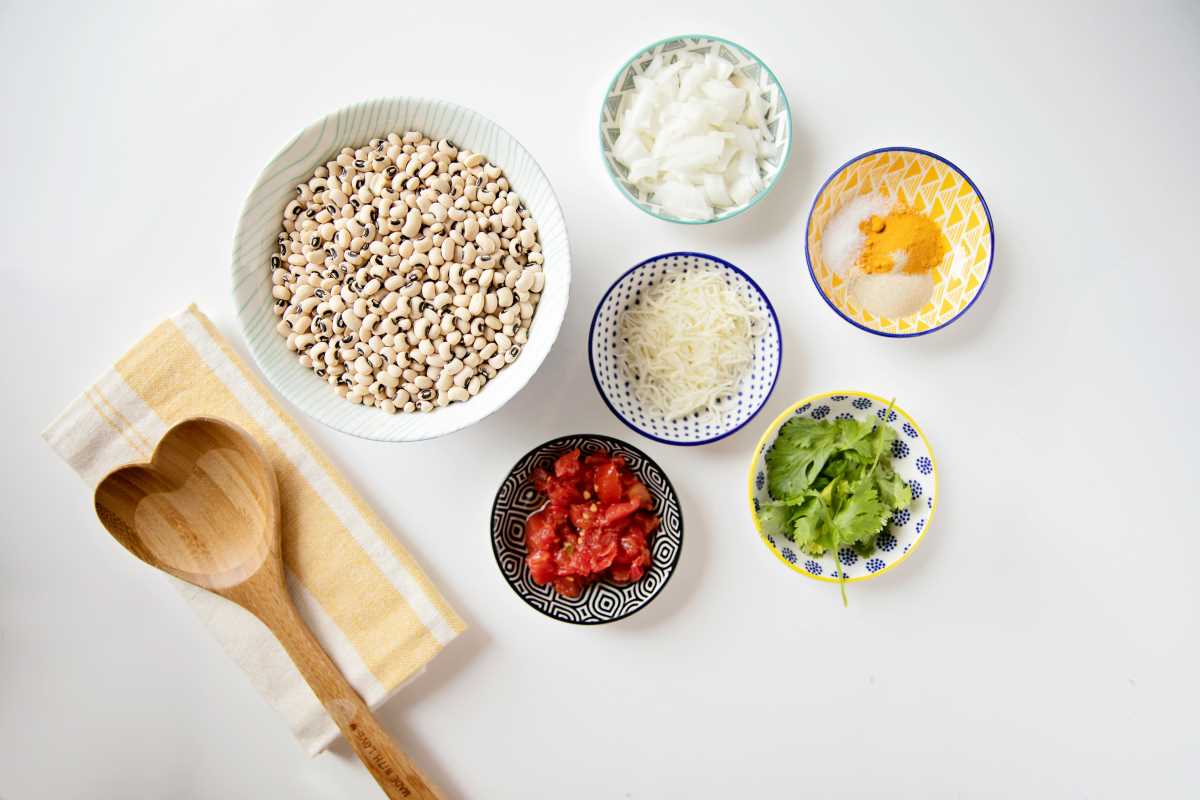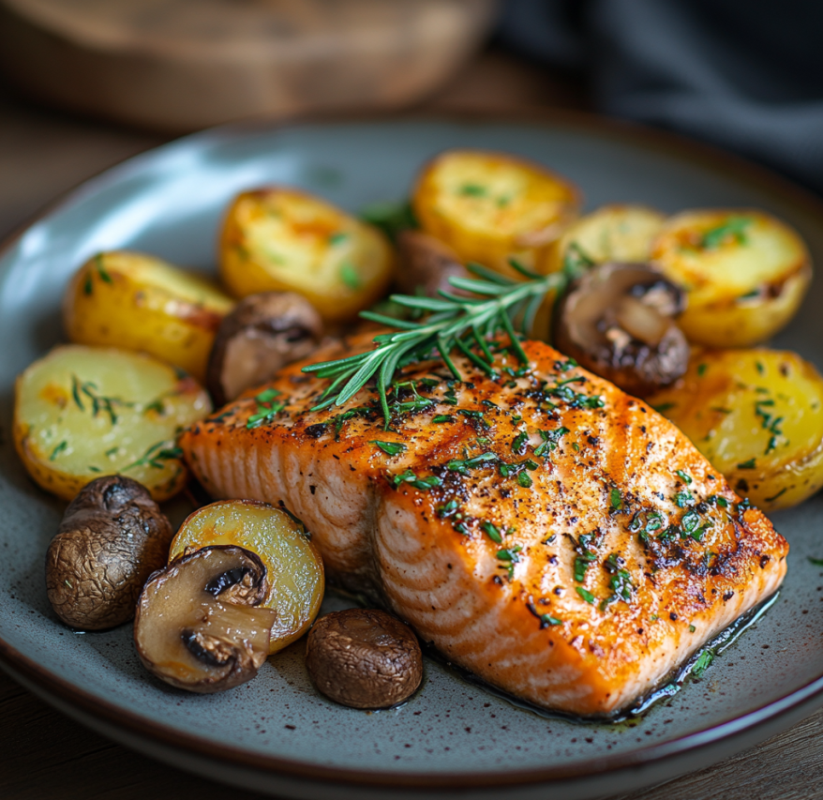When it comes to managing cholesterol levels, you’ve probably heard about cutting back on fried foods or finding time for daily walks. But did you know that something as simple as adding the right type of fiber to your meals can make a world of difference? Enter soluble fiber—a powerful yet often overlooked ally in the fight for heart health. Soluble fiber is more than just good-for-you roughage. It actively helps lower cholesterol, improve digestion, and support overall heart health. Best of all, it’s easy to find in everyday foods you may already have in your kitchen.
Here’s everything you need to know about soluble fiber, how it helps keep cholesterol in check, and how to make it a staple in your meals starting today.
What Is Soluble Fiber and How Does It Work?
Fiber, as you know, is found in plant-based foods and plays a major role in keeping your digestive system running smoothly. But not all fiber is created equal. There are two main types—soluble and insoluble fiber—and each has its own set of benefits.
The Soluble Fiber Difference
Soluble fiber dissolves in water to form a gel-like substance in your digestive system. This gel traps bile (a substance your body uses to break down fats), which is made from cholesterol. Here’s where the magic comes in—when your body eliminates this bile, it has to pull cholesterol from your bloodstream to make more. The result? Lower levels of LDL cholesterol, a.k.a. the “bad” kind that contributes to plaque buildup in your arteries.
Why Soluble Fiber Matters for Heart Health
Lowering LDL cholesterol is one of the biggest factors in reducing your risk of heart disease and stroke. By including soluble fiber in your diet, you’re essentially giving your heart a shield against long-term damage.
That’s not all. Soluble fiber also helps regulate blood sugar levels, supports weight management, and promotes healthy gut bacteria—all of which contribute to better overall cardiovascular health.
Simply put, it’s a powerhouse nutrient for protecting your heart and improving your well-being.
Foods Rich in Soluble Fiber
Now that you know how soluble fiber works, the next step is incorporating it into your diet. Fortunately, many delicious and affordable foods are naturally packed with this nutrient.
1. Oats
Oats are a superstar when it comes to soluble fiber, thanks to a specific type called beta-glucan. Beta-glucan has been shown to significantly lower LDL cholesterol levels when consumed consistently.
How to Add Oats to Your Diet:
- Start your morning with a bowl of oatmeal topped with fruits and nuts.
- Use oat flour when baking muffins or pancakes.
- Make overnight oats for a grab-and-go breakfast packed with goodness.
2. Beans and Legumes
From black beans to lentils, legumes are an excellent source of soluble fiber. They’re also a great plant-based protein option and perfect for rounding out hearty meals.
How to Add Beans and Legumes to Your Diet:
- Blend chickpeas into a creamy hummus for a versatile dip.
- Toss black beans or kidney beans into salads, soups, or chili.
- Swap meat for lentils in recipes like tacos or shepherd’s pie.
3. Fruits
Some fruits are especially rich in soluble fiber, such as apples, pears, oranges, and berries. They not only add sweetness to your meals but also pack a punch of heart-healthy goodness.
How to Add Fruits to Your Diet:
- Snack on an apple or pear with a tablespoon of almond butter.
- Sprinkle fresh berries over your yogurt or morning cereal.
- Add orange slices to your green salads for a citrusy twist.
4. Vegetables
While all veggies offer nutritional benefits, certain varieties—like carrots, Brussels sprouts, and sweet potatoes—are particularly high in soluble fiber.
How to Add Vegetables to Your Diet:
- Roast carrots with olive oil, garlic, and herbs for a flavorful side dish.
- Shred Brussels sprouts for a quick sauté or salad base.
- Mash sweet potatoes with a drizzle of honey for a satisfying side option.
5. Seeds
Chia seeds and flaxseeds are small but mighty when it comes to soluble fiber content. Plus, they’re great sources of Omega-3s and other nutrients.
How to Add Seeds to Your Diet:
- Stir chia seeds into your smoothies or sprinkle them over oatmeal.
- Use ground flaxseeds in baking or mix them into your morning yogurt.
- Add both to energy balls or homemade granola bars for a quick snack.
By incorporating a mix of these foods, you can easily meet your daily soluble fiber needs while enjoying a variety of flavors and textures.
Practical Tips for Adding More Soluble Fiber to Your Diet
Adding soluble fiber to your meals doesn’t have to be complicated. Small changes can add up to big benefits over time. Here’s how to make it simple and sustainable:
1. Start Your Day Right
A fiber-packed breakfast sets the tone for a healthy day. Try a combo like oatmeal with chia seeds and fresh fruit, or whip up a green smoothie with spinach, flaxseeds, and berries.
2. Snack Smarter
Instead of reaching for processed snacks, keep convenient, high-fiber options on hand. Fresh fruit, veggie sticks with hummus, or even a handful of nuts can do the trick.
3. Upgrade Your Meals
Sneak extra fiber into everyday dishes by using whole grains like brown rice or quinoa and bulking up soups, stews, and salads with beans or lentils.
4. Experiment with New Recipes
Explore creative ways to incorporate soluble fiber into your diet. For example, add grated zucchini to baked goods or swap pasta for spiralized vegetables.
5. Hydrate Well
When increasing your fiber intake, it’s important to drink plenty of water to help with digestion and avoid discomfort.
Building soluble fiber into your routine doesn’t have to feel restrictive—instead, think of it as an opportunity to try new and delicious foods that just happen to be great for your health.
Disclaimer: The content provided on SuperHealthyTips is for informational and educational purposes only. This information is not intended to be a substitute for professional medical advice, diagnosis, or treatment.
 (Image via
(Image via

.jpeg)



